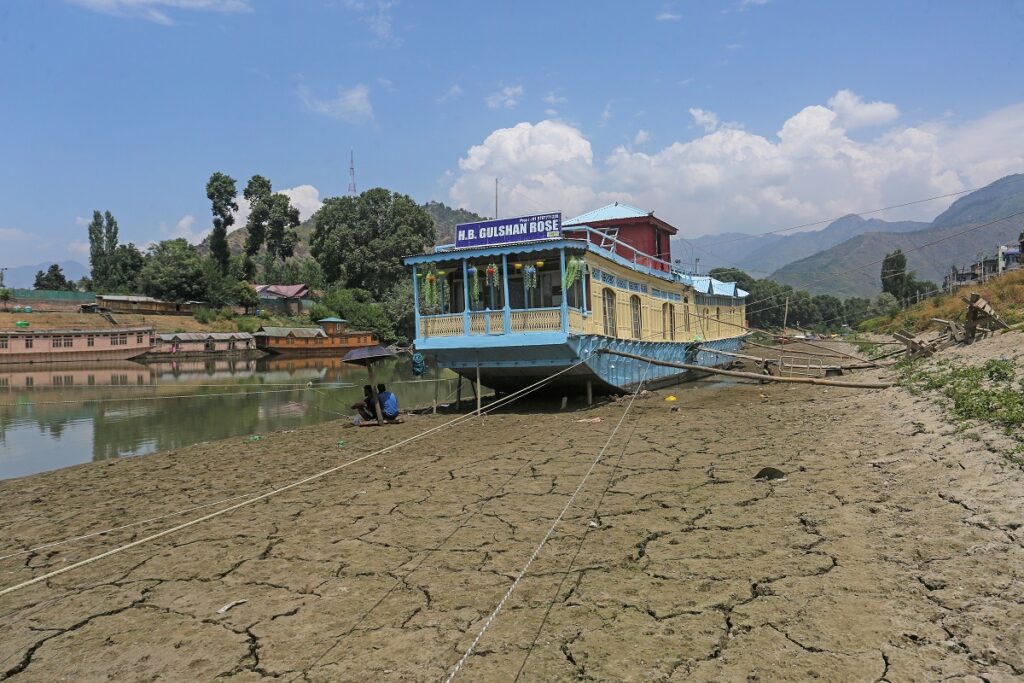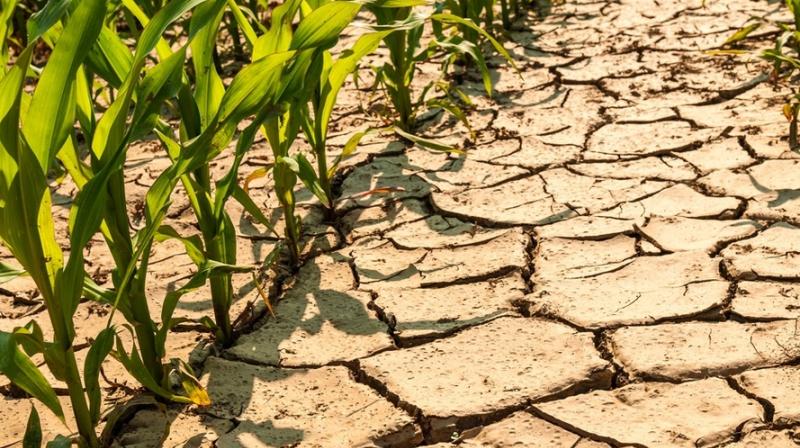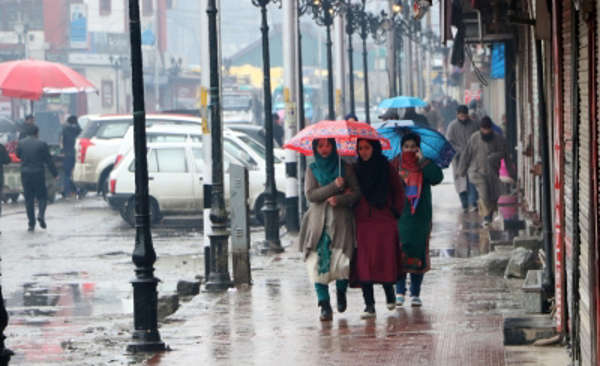Kashmir’s Climate Conundrum: The Disappearing Snow and Its Ripple Effects
By: Javid Amin
Nestled in the northern reaches of the Indian subcontinent, Kashmir has long been celebrated for its breathtaking landscapes, rich cultural tapestry, and distinct seasons. However, in recent years, the region has been grappling with the profound impacts of climate change. The once predictable and harsh winters are becoming increasingly erratic, leading to a cascade of environmental, economic, and cultural challenges. This article delves deep into the multifaceted effects of climate change in Kashmir, focusing on the diminishing snowfall, its repercussions on agriculture, and the threatened tradition of the Kangri.
The Decline of Snowfall in Kashmir
Historically, Kashmir’s winters were characterized by heavy snowfall, blanketing the valley and replenishing its water sources. This snow played a pivotal role in sustaining the region’s agriculture, hydrology, and overall ecological balance. However, recent data indicates a troubling decline in snowfall, both in terms of volume and frequency.
Factors Contributing to Reduced Snowfall:
- Rising Temperatures: Over the past few decades, there has been a noticeable increase in both minimum and maximum temperatures in the region. This warming trend has led to precipitation falling as rain rather than snow during the winter months.
- Altered Weather Patterns: Climate change has disrupted traditional weather systems, leading to fewer Western Disturbances—storm systems that bring moisture to the region during winter.
- Urbanization and Deforestation: Rapid urban development and deforestation have contributed to the urban heat island effect, further exacerbating temperature increases and disrupting local microclimates.
Impacts on Agriculture
Agriculture is the backbone of Kashmir’s economy, with a significant portion of the population relying on farming for their livelihoods. The decline in snowfall has had several adverse effects on this sector:
- Water Scarcity: Snowmelt from the Himalayas has traditionally been a primary source of irrigation. Reduced snowfall means diminished water availability during the crucial planting and growing seasons.
- Crop Stress: Many of Kashmir’s staple crops, such as rice, apples, and saffron, are sensitive to specific climatic conditions. The changing temperature and precipitation patterns have led to reduced yields and increased vulnerability to pests and diseases.
- Soil Degradation: The lack of snow cover exposes soil to erosion and nutrient loss, diminishing its fertility over time.
Case Study: The Saffron Crisis
Kashmir’s saffron, renowned globally for its quality, has been particularly affected. Rising temperatures and erratic rainfall have led to a significant decrease in saffron production. In response, some farmers are experimenting with indoor cultivation methods to mitigate the impacts of climate change.
The Kangri: A Tradition Under Threat
The Kangri, a traditional earthen fire pot encased in wickerwork, has been an integral part of Kashmiri culture for centuries. Used to keep warm during the harsh winters, it is not only a practical heating device but also a symbol of the region’s heritage.
The Art of Kangri Making:
Crafting a Kangri is a meticulous process that involves:
- Shaping the Earthen Bowl: Artisans mold clay into a bowl, which is then fired to achieve the desired hardness.
- Weaving the Wicker Frame: Thin twigs are skillfully woven around the bowl to create a basket-like structure, providing insulation and ease of handling.
- Decoration: Many Kangris are adorned with intricate designs, reflecting the artisan’s creativity and the cultural aesthetics of the region.
Challenges Facing the Kangri Tradition:
- Declining Demand: With milder winters resulting from climate change, the need for Kangris has diminished. This decline in demand poses a significant threat to the livelihoods of artisans dedicated to this craft.
- Modern Heating Alternatives: The advent of electric and gas-based heating solutions offers more convenient options, further reducing the reliance on traditional Kangris.
- Economic Pressures: Artisans face challenges such as rising costs of raw materials and limited market access, making it difficult to sustain their craft.
Broader Environmental and Societal Impacts
The repercussions of Kashmir’s changing climate extend beyond agriculture and traditional crafts:
- Glacial Retreat: The accelerated melting of glaciers due to rising temperatures threatens long-term water security in the region.
- Biodiversity Loss: Altered habitats and ecosystems have led to a decline in native flora and fauna, disrupting ecological balance.
- Public Health Concerns: Warmer temperatures have been linked to an increase in vector-borne diseases, posing new health challenges for the local population.
Adaptation and Mitigation Strategies
Addressing the multifaceted challenges posed by climate change in Kashmir requires a comprehensive approach:
- Sustainable Agriculture: Promoting climate-resilient crop varieties, improving irrigation efficiency, and adopting conservation agriculture practices can enhance food security.
- Preservation of Traditional Crafts: Initiatives to support Kangri artisans, such as providing financial assistance, facilitating market access, and promoting cultural tourism, can help preserve this heritage.
- Community Engagement: Raising awareness about climate change impacts and involving local communities in decision-making processes ensures that adaptation strategies are contextually relevant and effective.
- Policy Interventions: The government can play a pivotal role by formulating and implementing policies that promote sustainable development, environmental conservation, and climate resilience.
Bottom-Line
Kashmir stands at a critical juncture, where the impacts of climate change are challenging its environmental integrity, economic stability, and cultural heritage. While the situation is dire, there is hope. Through collaborative efforts that blend traditional knowledge with modern innovations, Kashmir can navigate this crisis, ensuring a sustainable and prosperous future for its people and preserving its rich legacy for generations to come.



